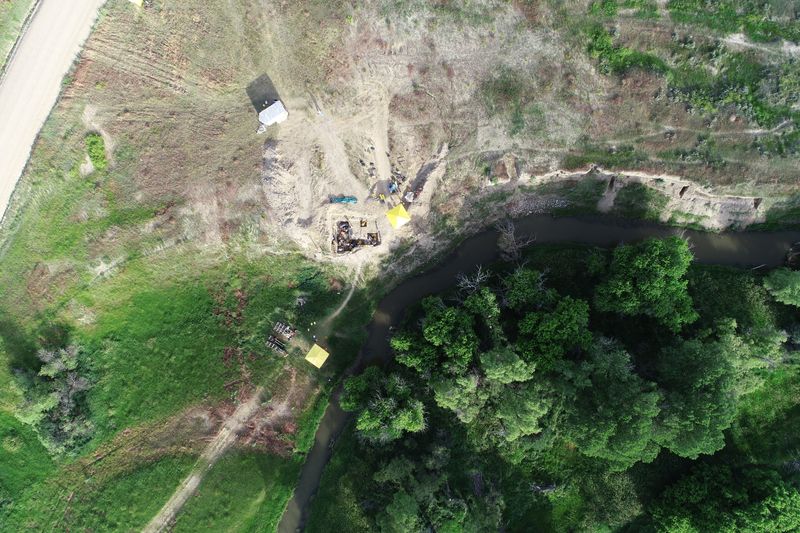A detailed investigation of the expansion in human brains over 7 million years finds faster growth in modern humans and our nearest relatives than our predecessors. Nevertheless, brains have grown as species evolved, rather than suddenly jumping when one branch of humanity replaced another. Brain size and intelligence do not correlate perfectly, but the findings are the best guide we have for how our intellectual capacities reached their current state.
Much as humans may struggle to define what distinguishes us from animals, there is little doubt it lies in our brains; changes to thumbs or posture that made us more dexterous are just handy add-ons to our thinking. Since brains almost never fossilize, we can’t track the history of the computer at the top of our spine exactly, but the size of the spaces in our ancestors’ skulls gives us the best hints we can muster.
When a team including Professor Chris Venditti of the University of Reading collected the largest database of skull fossils for humans and our ancestors ever made, they found problems with the interpretation of previous sets.
"This study completely changes our understanding of how human brains evolved,” Venditti said in a statement. “It was previously thought that brain size jumps dramatically between species, like new upgrades between the latest computer models. Our study instead shows a steady, incremental 'software update' happening within each species over millions of years.”
That’s rather encouraging, in that it suggests we can keep getting smarter without needing to fundamentally replace ourselves, although that doesn’t mean we will.
"Big evolutionary changes don't always need dramatic events. They can happen through small, gradual improvements over time, much like how we learn and adapt today," said Dr Thomas Puschel of Oxford University.
The authors reached their conclusion partly by using a more complete sample of the fossil record than their predecessors. Moreover, they used advanced statistical techniques to cope with the uncertainty where gaps remain and compared different models of growth.
Some previous studies had reached similar conclusions, despite having more limited data to work with, but more have reported the opposite: sharp jumps as species changed followed by continuity within each species.
One finding that particularly conflicts with past assumptions is that Neanderthal brains grew throughout their history, contradicting the idea they were unable to adapt. In fact, Homo neanderthalensis shows the fastest increase in brain size of any species in the study, including Homo sapiens.
Evidence of continuous growth within a species adds to the developing conclusion that species boundaries are not as sharp as we once imagined. Instead, they may represent categories we make because, in their current state, our brains deal better with discrete categories than continuous variation.
Nevertheless, the authors did find one way in which differences between species aren’t the same as variations within. Larger-bodied species in the human family tree also have bigger brains, but within a specific species, having a bigger body isn’t a great predictor of a larger brain.
The study revealed that the increase in brain size has accelerated since H. heidelbergensis appeared 800-900,000 years ago, if not earlier. Nevertheless, the absence of sharp jumps over our history presents a major problem for those trying to prove differences between modern human populations. Earlier branches of humanity spent long periods of time isolated from each other, for example on islands. However, it’s less than 100,000 years since some H. sapiens migrated out of Africa, temporarily breaking connections within our species. Those hoping to prove differences in intelligence by region of origin need intelligence to have evolved exceptionally rapidly, in a way this study suggests it has never done before.
The study is open access in Proceedings of the National Academy of Sciences.





